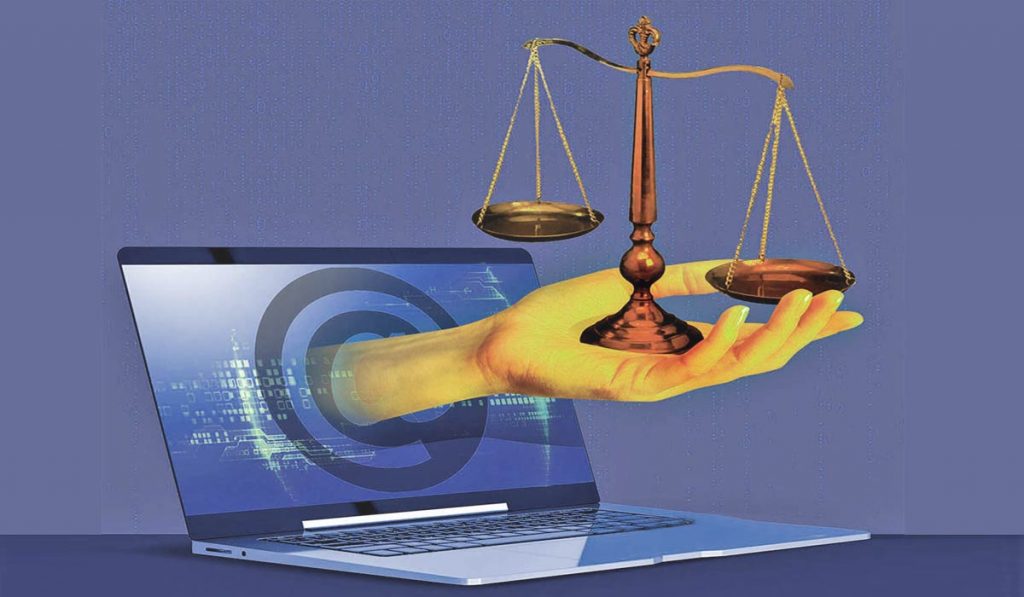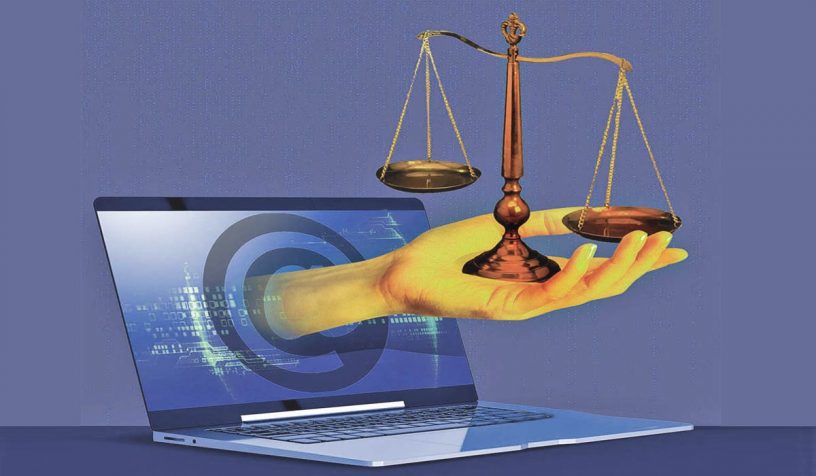
This paper evaluates the efficacy of Online Dispute Resolution mechanisms in addressing pendency and backlog of cases in Indian judiciary.
Authors
Yonghwan Choung, Associate Professor, Jindal Global Law School, O.P. Jindal Global University, Sonipat, Haryana, India.
Saloni Kumari, Academic Tutor & TRIP Fellow, Jindal Global Law School, O.P. Jindal Global University, Sonipat, Haryana, India.
Summary
Expeditious settlement of disputes is pre-requisite of free economy, especially in the commercial matters. But pendency and backlog of cases in Indian judiciary has ransacked the working and functioning of nation as a whole. The underprivileged and poor people are the worst victim of this issue. Courtroom Litigation is a lengthy and expensive affair.
And the pendency prolongs the cases for years depriving Justice to the needy as well as paralysing the economic activity of the nation. If this issue is not addressed in the near future, it has potential to crash the Indian judicial system under the weight of arrears.
The idea of this paper is not to dwell upon the problem. It aims to explore the solutions and optimum methods needed for a reformative measure. Access of justice is a basic human right guaranteed by the common law.
The Indian legal system is under constant pressure and questions have been raised as how do they plan to continue the justice delivery system. Thus, there is a need to prioritise the issue of pendency and access to justice to all.
Since, a major dependency now lies upon the online and digital mode, the productivity during pandemic and even for future, can be enhanced through improved infrastructure of the online mode of alternative dispute settlement.
The pandemic has reshaped how pending cases and future cases will be adjudicated. In light of this, the paper aims to divert the attention towards Alternative Dispute Resolution (“ADR”) and specifically Online modes of Dispute resolution and evaluate the efficacy of Online Dispute Resolution (“ODR”) mechanisms.
Published in: Daedong CT Research
To read the full article, please click here.


